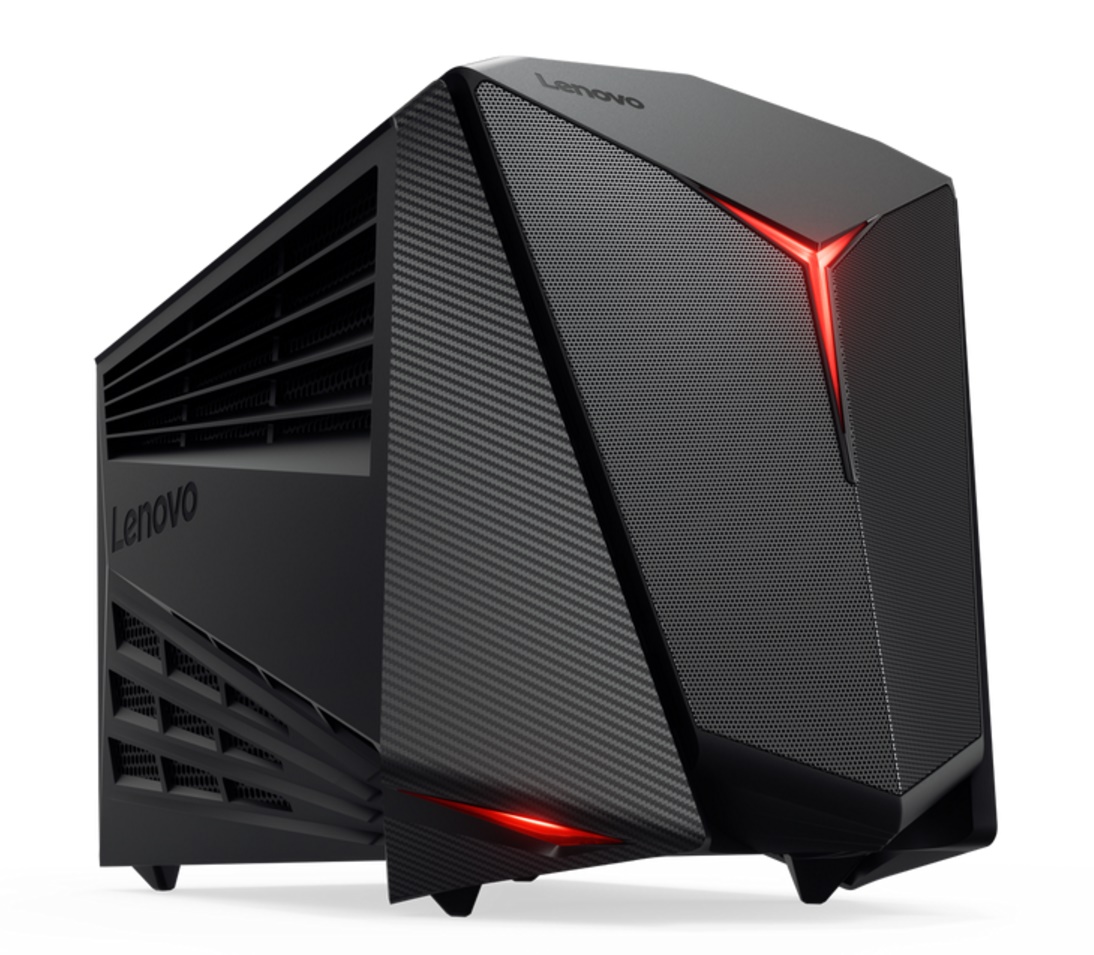Are you (VR-)ready?

Virtual Reality and Augmented Reality are two paradigms to which smartphone users are no strangers. Since the very inception of gyroscopic sensors, AR and VR apps and games have become commonplace on iPhones and Android phones, especially with the added bonus of being able to experience VR through headsets designed specifically for mobile phones.
The irony is that VR seems to be more popular on tiny devices than on actual full-fledged desktop PCs, considering that the history of virtual reality prior to this decade, has been long and troubled by repetitive failure. It seems however that 2016 is the year when VR finally makes it into mainstream computing as something that regular consumers can digest.
This also means that VR-ready desktop and laptop PCs are not only already here, but they are going to improve overtime, following increased interest, not only from gamers, but also from consumers who expect augmented reality and virtual reality to be even better than what they have already available on their smartphones.
On Tuesday, three important news were announced. First of all, Lenovo is introducing two new VR-ready Windows 10 desktop PCs, with impressive specs. The two slick and exotic IdeaCentre gaming PCs come in two form factors.
The IdeaCentre Y710 Cube, as the name suggests, is a 16 pound tiny box powered by a Skylake Core i7 CPU, and comes with 32GB of DDR4 RAM, 2TB HDD+256GB SSD storage, and integrated wireless receiver for Xbox One controllers. As expected from a PC created for virtual reality applications, the graphic performance of the Y710 are driven by an NVIDIA GeForce GTX 1080, although an entry level, more affordable option of the Y710 features a GTX 1070 as well.
The other form factor presented by Lenovo is a desktop AIO. The IdeaCentre Y910 features a borderless 27 inch Quad HD display (2560x1440), capable of 144Hz refresh rate and a 5 millisecond response time.
This PC is also powered by a Skylake i7 CPU, with an identical RAM and storage specs at the Y710. The graphics performance of the Y910 are driven by either a GTX 1080, or an AMD Radeon RX 460.
The second announcement, at least in order of importance, was in regard to Intel’s Project Alloy. Intel revealed more official details at the Intel Developer Forum in San Francisco, and demonstrated how its new system, powered by Intel’s RealSense motion tracking hardware, is capable of generating a “mixed-reality” experience, in which there is no need to use additional hand-held controllers, such as sticks or gloves, to interact with virtual objects rendered as overlay of the headset’s field of view.
Intel and Microsoft have already planned for a long standing partnership in VR, with Intel making Project Alloy open source by next year, for developers and manufacturers to create their own headsets and applications. This means that some of that technology could even be found, at some point, in future commercial versions of Microsoft HoloLens.
Finally, last but not the least, Microsoft has announced yesterday, that all Windows 10 laptops and desktop PCs will get HoloLens support. What this mean exactly? In short, any 2D application running on Windows 10, whether it’s from the Windows Store, or any regular desktop application, will be accessible through any VR headset that uses a holographic shell, including, but not limited to, Microsoft HoloLens.
Ready to shop?
If you are a hardcore gamer, looking to take your experience to the next level, PortableOne has the best deals in Windows 10-powered gaming laptops and VR-ready Windos 10 desktop PCs